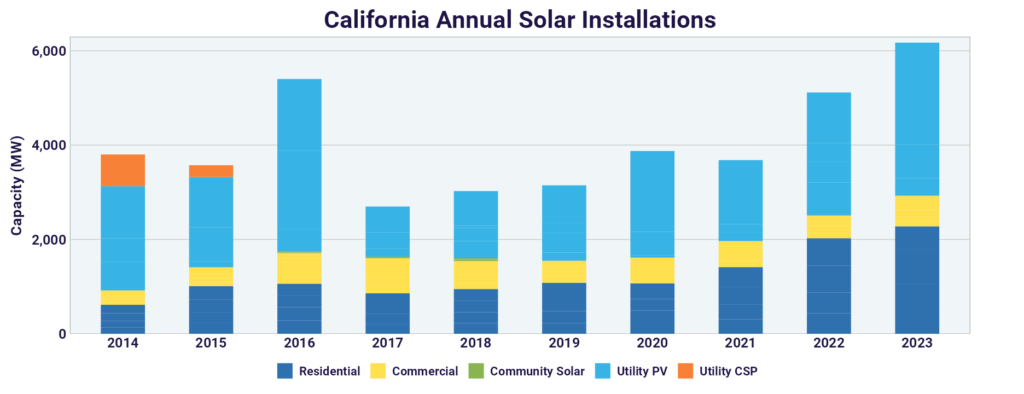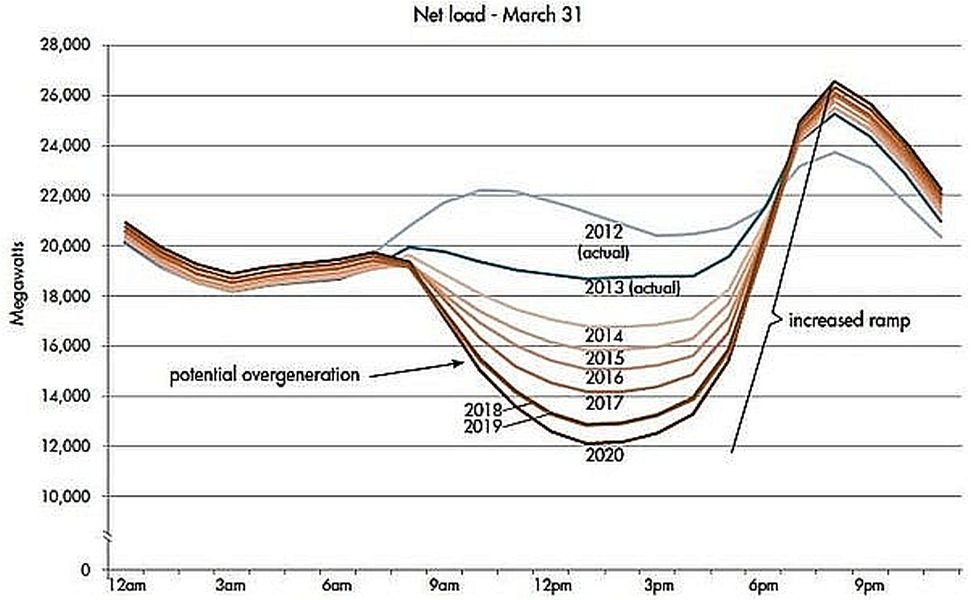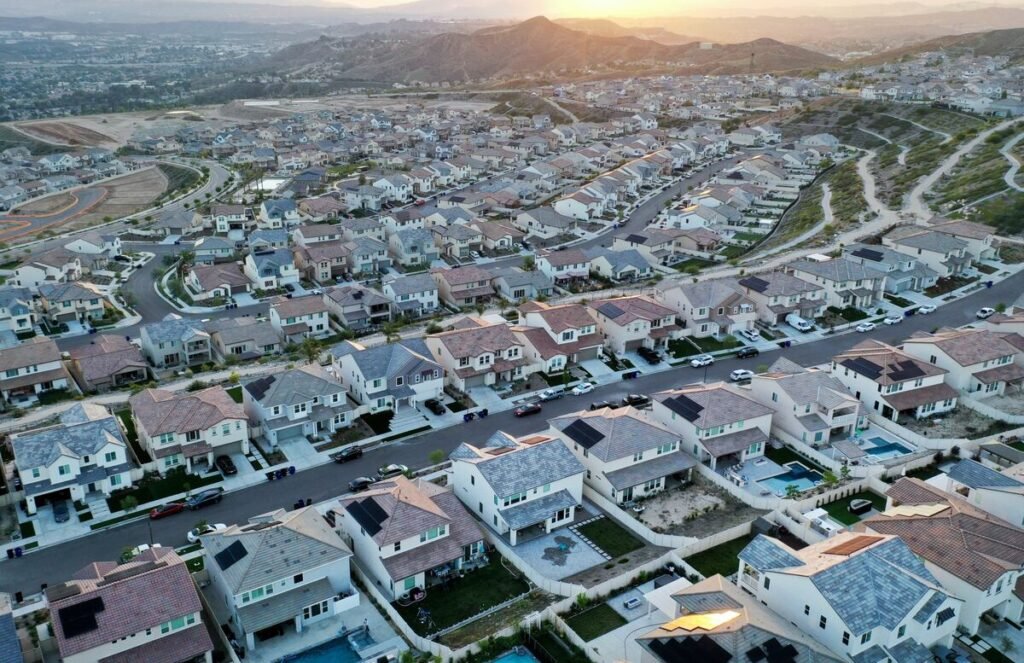California, the nation’s solar leader, is facing a sunny dilemma. With over 25% of its electricity coming from solar panels, the state is generating so much power during peak sunlight hours that it can’t keep up. This glut is causing negative electricity prices at midday and raising concerns about wasted clean energy.

The crux of the issue lies in solar’s inherent characteristic: it’s not “dispatchable.” Unlike traditional sources like coal or natural gas, solar power generation fluctuates with sunlight – grid operators can’t control or predict its exact output. This impacts “net load,” the actual electricity demand after subtracting solar and renewable contributions.
California experiences a distinct “duck curve” in its net load graph. Mornings see high demand, but by midday, solar takes over, causing prices to plummet. This “duck’s belly” of low demand coincides with spring’s abundant sunshine and mild temperatures, further reducing energy needs for heating and cooling.

While this surplus of clean energy is a positive development, it comes at a cost. In 2022, a staggering 95% of California’s 2.4 million megawatt-hours of wasted electricity stemmed from solar. This translates to economic inefficiencies, potentially leading to future price hikes.
The state’s response – reducing compensation for solar power fed back to the grid (net-metering) – has drawn criticism from renewable energy advocates, as it disincentivizes solar adoption.
Fortunately, alternative solutions exist. California is currently exploring selling excess power to neighboring states. The ultimate game-changer, however, lies in energy storage. Widespread battery adoption could capture daytime solar energy and release it at night, eliminating the need to rely on fossil fuel plants during peak demand.

California’s solar boom highlights the challenges and opportunities that come with a large-scale shift towards renewable energy. By embracing innovative storage solutions, the Golden State can turn this “bright problem” into a shining example of a sustainable energy future.
Reference- The Washington Post, CNN, Bloomberg, Daily Herald, Futurism, PV Magazine USA






